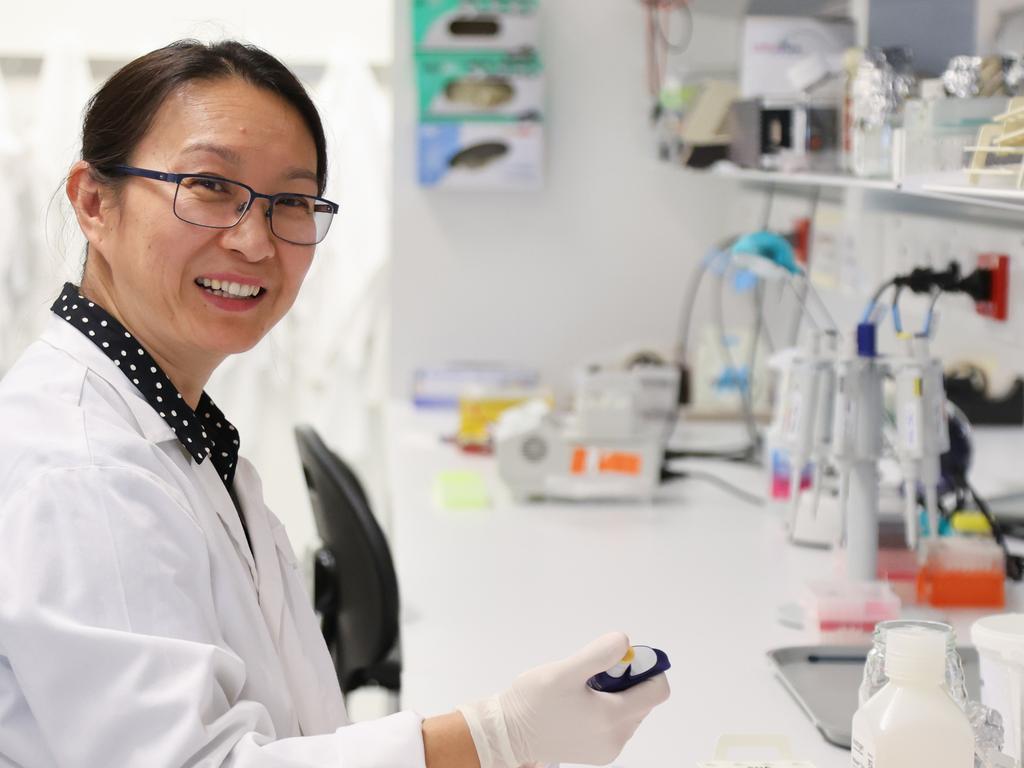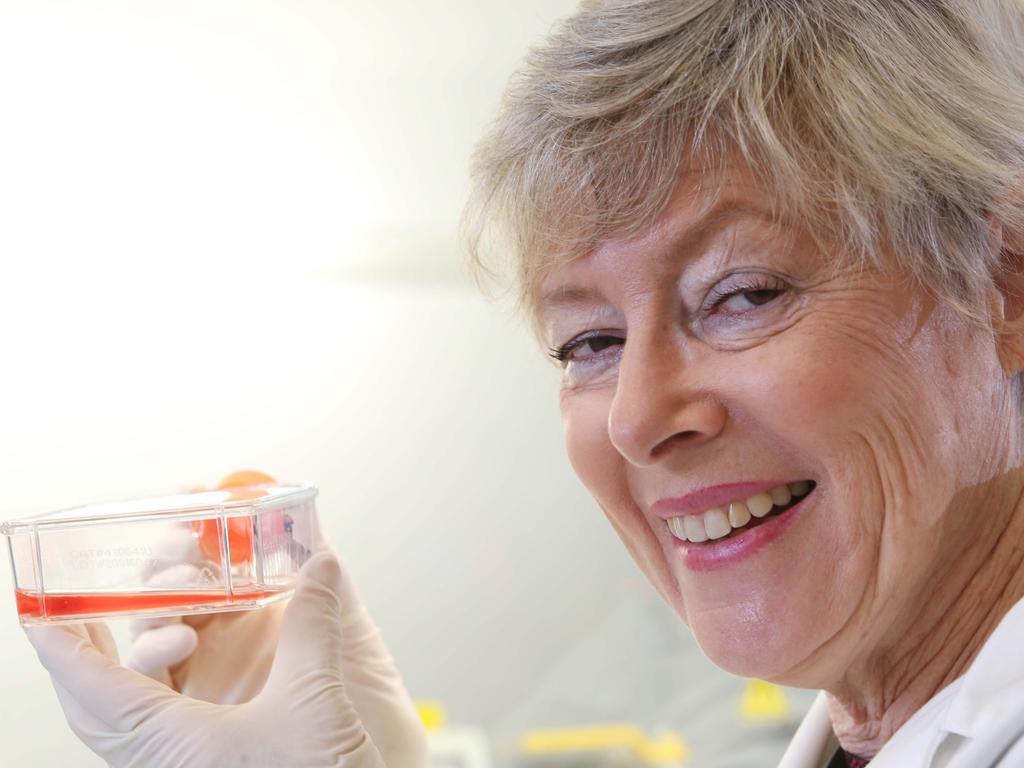New painless, quick test for endometriosis ‘closer’
Instead of expensive and painful surgery, testing menstrual blood in this way has been shown to detect whether a woman has the debilitating condition endometriosis.
Endometriosis
Don't miss out on the headlines from Endometriosis. Followed categories will be added to My News.
A simple and painless test for endometriosis is a “big step closer” after Australian researchers confirmed for the first time that a non-invasive test can detect the chronic inflammatory disease sooner, allowing for earlier treatment.
Endometriosis affects around one in seven women globally; about one million women in Australia. Because symptoms can be vague, it takes on average a decade for it to be diagnosed.
Researchers at the Hudson Institute of Medical Research have now published details of their “proof of concept” discovery that menstrual blood can be tested for a defective protein only found in the uterus of women with endometriosis.
Lead author Shanti Gurung said while everyone has these proteins, the packaging they come in – called extracellular vesicles (EVs) – is faulty in women with endometriosis.
She said EVs were tiny parcels of endometrial cell origin found in menstrual fluid.
Dr Gurung is part of a team at the Hudson Institute led by Professor Caroline Gargett who have been working for more than a decade on ways to detect endometriosis sooner and without the need for invasive surgery.

Dr Gurung said the role of EVs was to allow cells to communicate, but when they are faulty they trigger the development and growth of lesions typical in the painful gynaecological condition.
“We detected a large number of proteins in the menstrual fluid-derived EVs and identified differences in women with endometriosis, so we are really excited,” she said.
Dr Gurung said while the findings needed further validation in a larger cohort of women, the pilot study provided major encouragement.
“Currently costly, risky and invasive laparoscopic surgery and microscopic examination of tissue is the only way to accurately diagnose endometriosis,” she said.
Dr Gurung said the bottleneck in endometriosis management was understanding the disease and diagnosing it early, and this had put a lot of limitations on treatment.
This study, published in the Journal of Extracellular Vesicles, found the results may solve two major challenges for the gynaecological condition: earlier diagnosis and better treatment.
“Imagine if it took up to 10 years to be diagnosed with asthma or diabetes, and the best hope of a cure was only temporary, via surgery. Welcome to the life of an endometriosis sufferer,” she said.

Dr Gurung said the team used EVs to develop a simple diagnostic test that may one day be offered to women as a simple at-home tool.
“This is the first study to identify a comprehensive list of protein cargo and their differences in the menstrual fluid derived EVs from women with endometriosis and unaffected women,” Dr Gurung said.
She said earlier diagnosis and treatment of endometriosis had the potential to not only save time and money but importantly, chronic pain and discomfort for the many thousands of people with the condition.
“It has a huge impact on overall quality of life. Apart from severe pain and fertility issues, it significantly impacts the ability of those affected to attend school, complete education or establish and maintain careers and families,” Dr Gurung said.

“In Australia, the average annual cost of endometriosis is $31,000 per person, mainly due to productivity loss.
“A simple, painless early detection test would make a life-changing difference to all those adolescents and women, their families and the entire community.”
Next, she said, will be a larger clinical trial and the team hopes to develop an at-home quick and easy endometriosis test within five years.
More Coverage
Originally published as New painless, quick test for endometriosis ‘closer’









